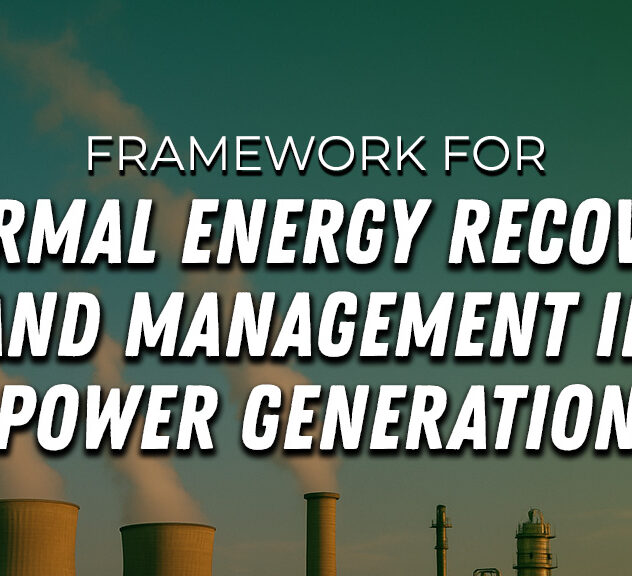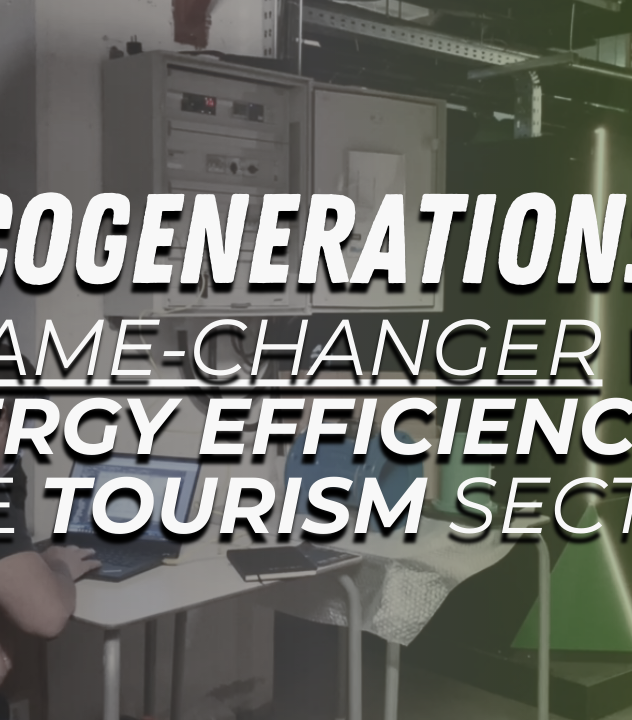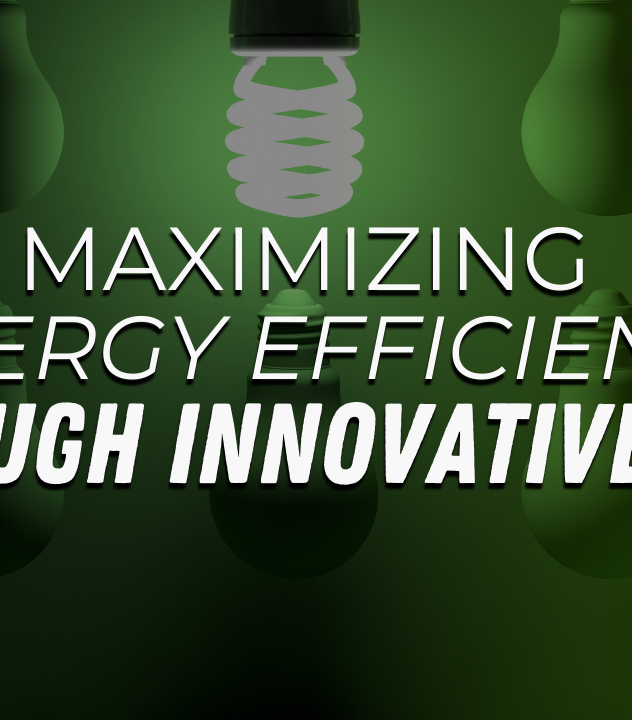
Stadiums of the Future: Energy Efficiency in Sports Facilities
The energy demands of sports facilities markedly exceed those of standard service and recreation spaces. Given the diverse consumption profiles across various sports venues, comprehensively understanding and accurately describing these facilities becomes a formidable task.
Economic factors predominantly drive renovations in this sector, underscoring the necessity for parameters that adequately depict performance, thereby empowering decision-makers with the insights needed for wise choices.
In today’s world, where environmental sustainability and energy efficiency are paramount, sports stadiums are no exception. The quest for greener stadiums involves tackling high energy consumption, which is a significant aspect of their operational footprint.
For instance, a typical professional sports stadium can consume between 5-10 MW of electricity during events, equivalent to powering thousands of homes. Advances in technology and a deeper understanding of energy use patterns have opened new pathways for sustainable stadium operations. Initiatives like installing energy-efficient lighting, retrofitting HVAC systems, and integrating renewable energy sources are pivotal.
The intersection of sports and sustainability is not just about technology; it involves a paradigm shift in how we view and manage sports facilities. Real-time energy monitoring and sustainable energy-efficient solutions play a crucial role in this transformation.
Answering the #EngineeringTriviaThursday Question on LinkedIn:
a) Its ability to produce motion
Incorrect. While motion is a form of kinetic energy, exergy is not specifically about the ability to produce motion. Exergy is a broader concept that deals with the potential to perform work in general. This could include motion, but it is not limited to it.
b) Its ability to produce work
Correct. Exergy is indeed about the ability of a system to produce work. In thermodynamics, ‘work’ refers to energy transfer that can be harnessed for practical purposes. Exergy is a measure of the maximum useful work possible during a process that brings the system into equilibrium with its environment, highlighting the efficiency and potential of energy conversion processes.
c) A measure of quantity only
Incorrect. Exergy is not merely a measure of the quantity of energy. It’s a measure of the quality or of the potential of energy to do work. While the first law of thermodynamics deals with the quantity of energy (conservation of energy), exergy, rooted in the second law, addresses the quality and usability of that energy.
d) Its ability to produce heat
Incorrect. Exergy is different from merely producing heat. While heat can be a form of energy transfer, exergy specifically measures the potential to do work, which is not limited to heat generation. Heat often represents a form of energy loss (especially in the context of irreversibilities in thermodynamic processes), and in many cases, the generation of heat is a sign of less efficient energy use.
In summary, exergy is a concept in thermodynamics that quantifies the maximum potential to do work in a process, taking into account not just the amount of energy but its quality and usability. It’s closely linked with the efficiency of energy conversion processes and is a crucial concept in engineering, especially for designing more efficient and sustainable systems.






Leave a Reply